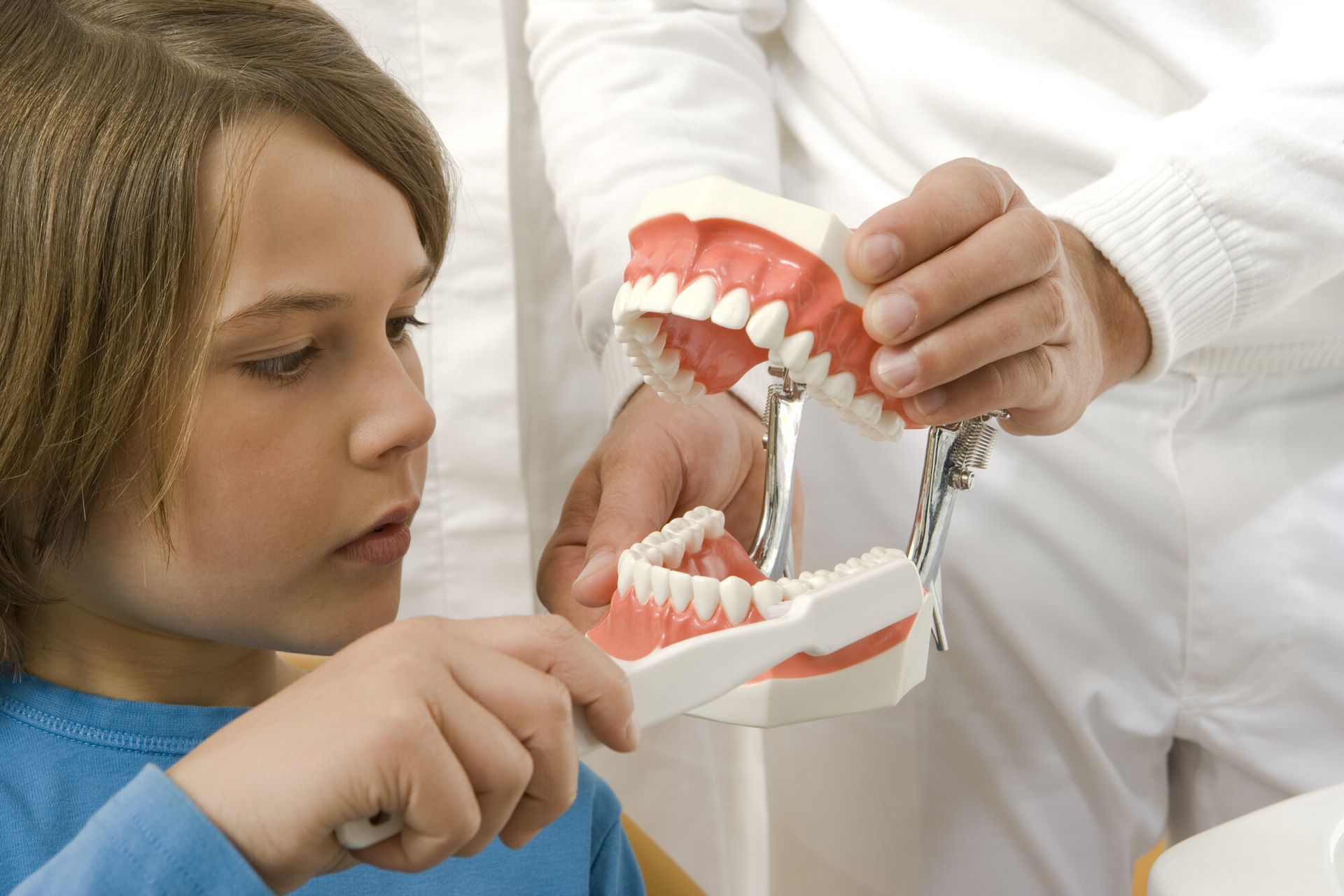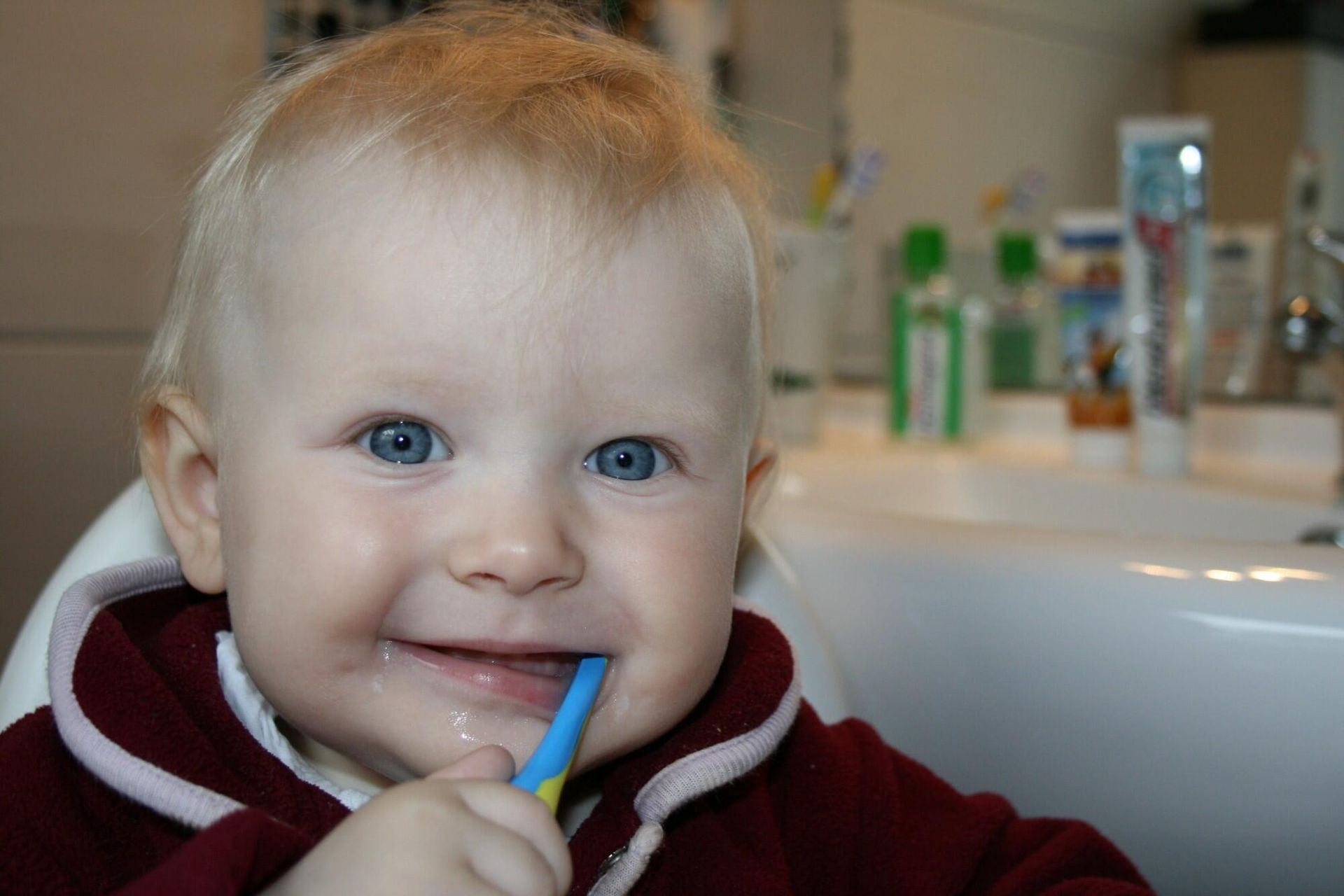What Parents Should Know About Diastema
Nearly 40% of preschool children experience spacing between their teeth - diastema. This space is a common childhood dental development issue. While this gap may look adorable in your little one's gummy grin, you may wonder if there's a cause for concern.
Should you be worried about your child's diastema? Below is a comprehensive guide on everything you need to know about diastema, including diastema treatment.
What Is Diastema?
Diastema is a gap or space between two adjacent teeth, usually wider than 0.5 millimeters. While a gap between baby teeth is very frequent, it can close naturally as your child's permanent teeth erupt. However, the gap can sometimes persist even after adult teeth grow out.
What Causes Diastema in Children?
Gap teeth in kids are often a natural part of growing up. As a parent, knowing its causes can help you better manage your child's dental health. Let's explore why these gaps occur.
Size of the Teeth to Jawbone Ratio
One primary cause of diastema in children is the size mismatch between their teeth and jawbone. If your child's teeth are too small relative to the size of their jawbone, gaps can develop. This size difference is often genetic -- so if you or your partner have gap teeth, your child may too!
Missing or Undersized Teeth
Sometimes, diastema can occur due to missing or undersized teeth. This is especially common with the upper lateral incisors. A gap can form between the front teeth if these teeth are missing or smaller than usual.
Oversized Labial Frenum
Another cause of dental gaps in kids is an oversized labial frenum. This is the tissue that extends from the inside of the upper lip to the gum above the upper front teeth. If this tissue is larger than normal, it can create a space between the front teeth.
Gum Disease
While less common in children, gum disease can also lead to diastema. Advanced gum disease causes inflammation and damage to the bone that supports the teeth. This can lead to tooth migration and gaps.
Incorrect Swallowing Reflex
Did you know that the way your child swallows can affect their teeth?
Ideally, your child's tongue should press against the roof of the mouth during swallowing. However, some children push their tongues against their front teeth. Over time, this pressure can push the teeth forward, creating gaps.
Not-So-Friendly Habits
Thumb sucking and lip sucking are common habits in young children. While they may seem harmless, these habits can put too much pressure on the front teeth, pushing them forward. As a result, children's dental gaps can form.
Loss of Baby Teeth
As your child loses their baby teeth, gaps between their new adult teeth are common. These gaps usually close naturally as the adult teeth erupt further. This process is normal for dental development and may not require treatment.
Should You Be Concerned About Your Child's Diastema?
In most cases, a small gap between your child's teeth is nothing to worry about. However, there are a few situations where it may be best to consult a pediatric dentist:
The Gap Is Large and Persistent
If the gap between your child's teeth is big and doesn't seem to close on its own when adult teeth come in, consult a dentist. They will assess the tooth and see if treatment is needed.
Speech Problems
A large diastema can sometimes affect speech development. If you notice your child having trouble pronouncing certain sounds, visit a dentist. They can help determine if the gap is the cause of the issue.
Self-Consciousness
As your child gets older, they may become self-conscious about their gap teeth. If this affects their social interactions, you can discuss diastema treatment options with a dentist. It can help boost their confidence.
Dental Problems
Food particles can get trapped in the gap. This increases your child's risk of tooth decay and gum disease.
Diastema Treatment Options for Kids
Not all diastemas need treatment. These gaps often close on their own as your child grows. However, if the gap persists, exploring treatment options may be beneficial. Here are diastema kids' dental treatments to explore:
Braces
Pediatric dentists can treat diastemas with braces. These braces apply gentle pressure on teeth over time, moving them into their ideal positions. While braces can target specific gaps, your dentist may recommend a full set to ensure proper alignment throughout the mouth.
Veneers and Bonding
If your child's diastema is caused by smaller teeth, your dentist may recommend veneers or dental bonding. Veneers are thin porcelain shells custom-made to fit over the front of your child's teeth, masking the gap. Bonding uses tooth-colored resin applied directly to your kid's teeth and hardened with a light.
Surgery
When a diastema results from an oversized labial frenum, your kid may need to undergo minor surgery. During the procedure, the excess tissue can be removed, allowing the gap to close naturally in younger children.
Dental Care Tips for Kids With Diastema
If your child has diastema, you need to be sure they maintain proper oral hygiene. Here are some child dental care tips to keep your little one's smile sparkling.
Early Dental Visits
One of the best ways to prevent diastema is to establish a routine of early dental visits. These early visits allow your dentist to monitor your child's diastema. As a result, they can recommend proper treatment options.
Brushing Teeth
Show your child the proper brushing technique. Let them use gentle circles on all surfaces of the teeth, including the tongue. Additionally, they should not forget to brush their gums, too.
Address Habits That Cause Diastema
If your child has habits that cause diastema, gently encourage them to stop. Use positive reinforcement, like buying a favorite toy, to stop the problem.
Keep Your Kid's Smile Bright, Beautiful and Confident
Diastema is a common condition in children that can be managed with proper treatment and care. As a parent, you can take proactive steps to protect your child's oral health.
At South Jersey Pediatric Dental, we specialize in treating children's dental gaps. Our experienced pediatric dentists create a comfortable environment where your child can receive the best care possible. Don't wait - schedule a consultation today, and let us help your kid achieve a beautiful smile.











